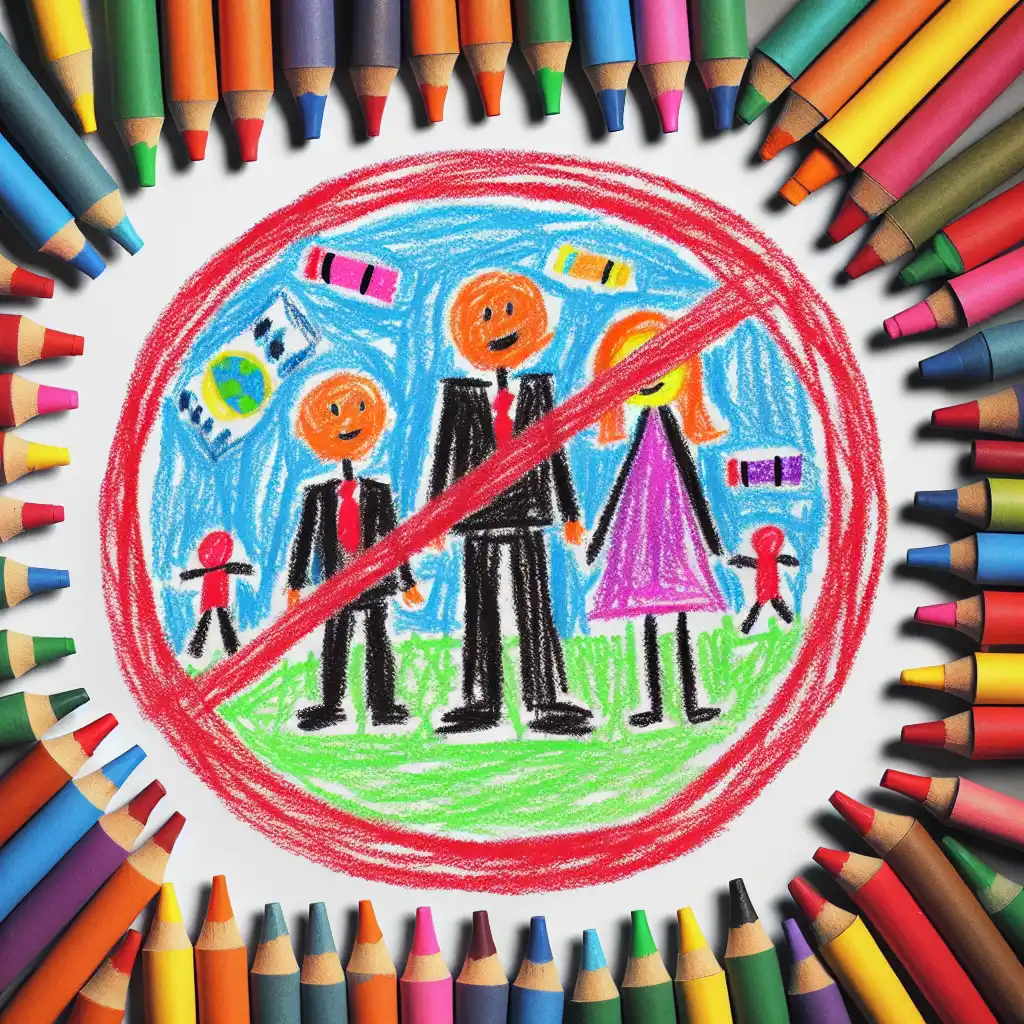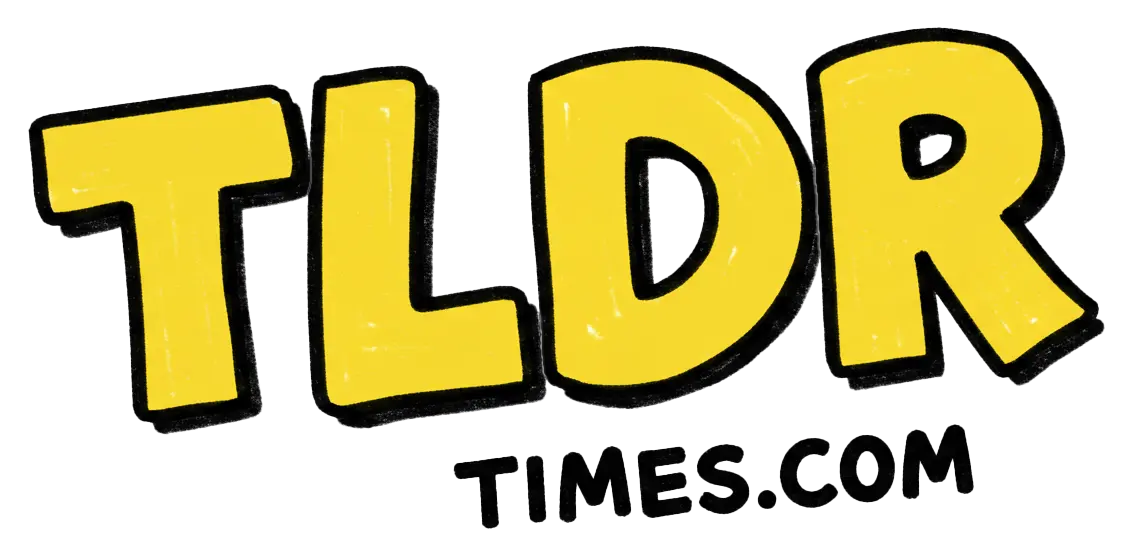YouTube to be included in Australia's teen social media ban

Explain Like I'm 5
Imagine you have a big box of crayons that you love to draw with, but some of the crayons make the paper look messy instead of pretty. So, your teachers decide that some of these crayons shouldn't be used in class to keep all your drawings nice and clean. Australia is doing something similar with a place on the internet called YouTube, which is like a huge toy box filled with videos. They think some of these videos aren't good for kids and teenagers, so they're saying, "Hey, maybe you shouldn't play with this toy for now." They want to make sure that when you watch videos, they’re all nice and safe, just like how your teachers want your drawings to be pretty and not messy.
Explain Like I'm 10
So, you know how YouTube is super cool for watching all kinds of videos like gaming, DIY crafts, or funny cat clips? Well, the government in Australia is worried that not everything on YouTube is good for kids and teenagers. They think that some videos or comments can be harmful, like making you feel bad or showing you stuff that isn't appropriate for your age. To keep young people like you safe, they've decided to include YouTube in a new rule that limits what social media younger people can use.
This is kind of like having a curfew or rules about what movies you’re allowed to watch. The main idea is to protect you from seeing or experiencing things that might upset you or distract you from important stuff like homework or playing outside. Since YouTube is popular, they're really making sure it follows the rules so that when you watch videos, you're having fun and staying safe.
Explain Like I'm 15
Australia is setting a precedent with a new initiative that's quite bold on a global scale. They’re including YouTube in a ban aimed specifically at protecting teenagers from the negatives often associated with online spaces – like cyberbullying, exposure to inappropriate content, and the mental health impacts of social media. The thought here is that while platforms like YouTube provide immense value in terms of entertainment and education, they also pose risks that might not be immediately obvious, such as data privacy concerns or the psychological effects of too much screen time.
The reason this is happening now can be linked back to growing concerns globally about the role of technology in our lives, especially after seeing how glued we all can get to our screens. Australia's move might push other countries to consider similar measures if it turns out to be effective. The implications of such bans are broad: they might make the internet a safer place for teenagers, but they could also stir debates about freedom and who gets to decide what content is deemed appropriate or harmful.
Experts are watching closely, as the outcomes could set new standards for internet governance worldwide. What will be interesting to see is how this impacts YouTube's operations in Australia and whether this leads to changes in how content is managed globally. Will other countries follow suit? How will teens react to having restricted access? These are some of the questions that will shape the next steps in this digital age dilemma.
Want to read the original story?
View Original Source